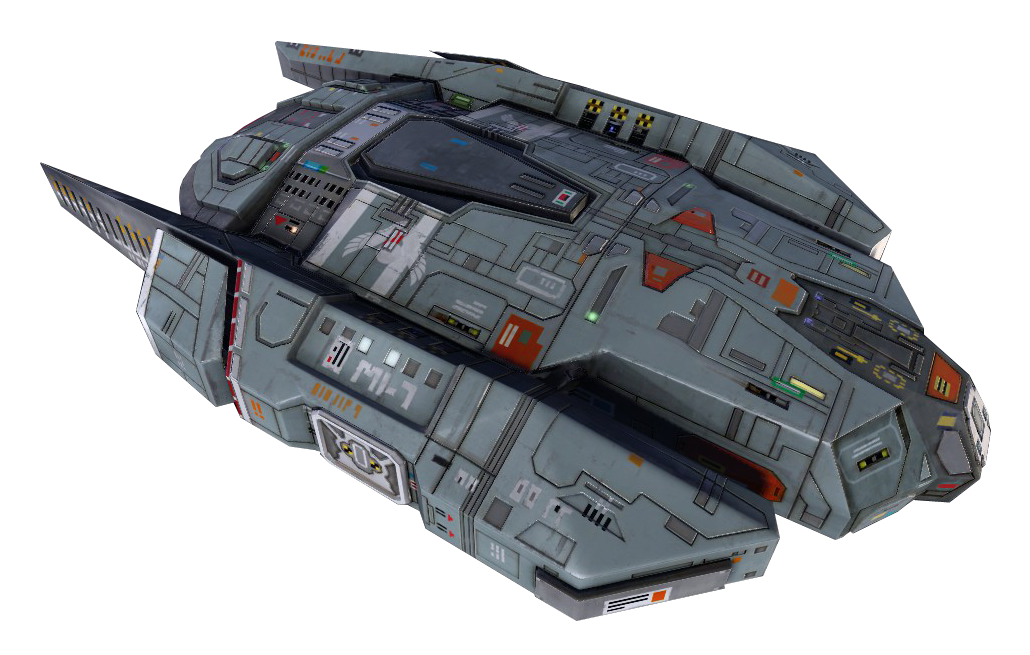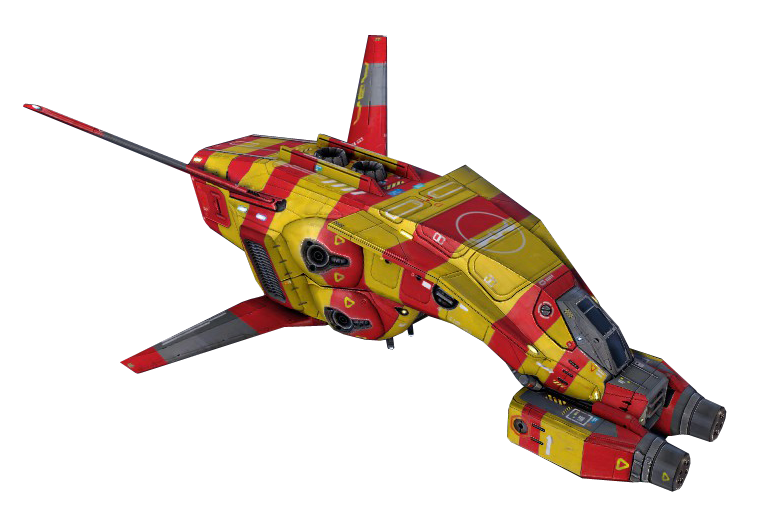


Further attempts to study the anomaly from space were thwarted by weather conditions, so the Alliance dispatched an advanced land-carrier, the Kapisi to investigate. This caused a religious schism, with hardline followers of the god Sajuuk pointing to an ancient, religious proscription against travelling into the void on the pain of armageddon.ĭuring a routine sensor sweep of the planet, a satellite launched into space by the technologically advanced Northern Coalition (a cluster of kiith living in more clement conditions closer to the northern polar seas) detected an anomaly in the Great Banded Desert, a huge metallic object buried under the sand. One hope was that the Kushan people might be able to colonise space. Kharak was only barely habitable and it was becoming clear that it was effectively dying, dooming the Kushan people to extinction (and causing scientific confusion as the planet did not appear capable of allowing intelligent life to develop in the first place). Divided into extended family/clan groups known as kiith, the Kushan people developed high technology but at the cost of depleting their hot planet’s resources. A race of humanoids known as the Kushan dwell on Kharak. The Homeworld saga begins on the desert planet of Kharak, located near the outermost fringes of its galaxy. In August 2019, Gearbox and Blackbird confirmed they were now working on a full, proper new game in the series: Homeworld 3, due for release in late 2022.

This resulted in Homeworld Remastered (2015) and Homeworld: Deserts of Kharak (2016), both reasonably successful. They contacted Blackbird with two aims, the first being an ambitious next-generation remaster of Homeworld and Homeworld 2, the second being converting Hardware into a proper prequel to the original game. In 2015 THQ collapsed and the Homeworld IP rights were picked up by Gearbox Software. In 2010 several ex-veterans of Relic set up a new company, Blackbird Interactive, and began development on Hardware: Shipbreakers, a “spiritual prequel” to Homeworld focusing on ground combat. Due to rights complications and Relic being bought by a different publisher, THQ (and later Sega), the Homeworld series was seemingly abandoned. It was followed by a stand-alone expansion, Homeworld: Cataclysm (2000) from Barking Dog Studios, and then a full sequel from the original development team, Homeworld 2 (2003). The first space-based, fully 3D real-time strategy game, it was a huge success. The Homeworld saga began on 28 September, 1999 with the release of Homeworld, the first game by the Canadian developers at Relic Entertainment.


 0 kommentar(er)
0 kommentar(er)
